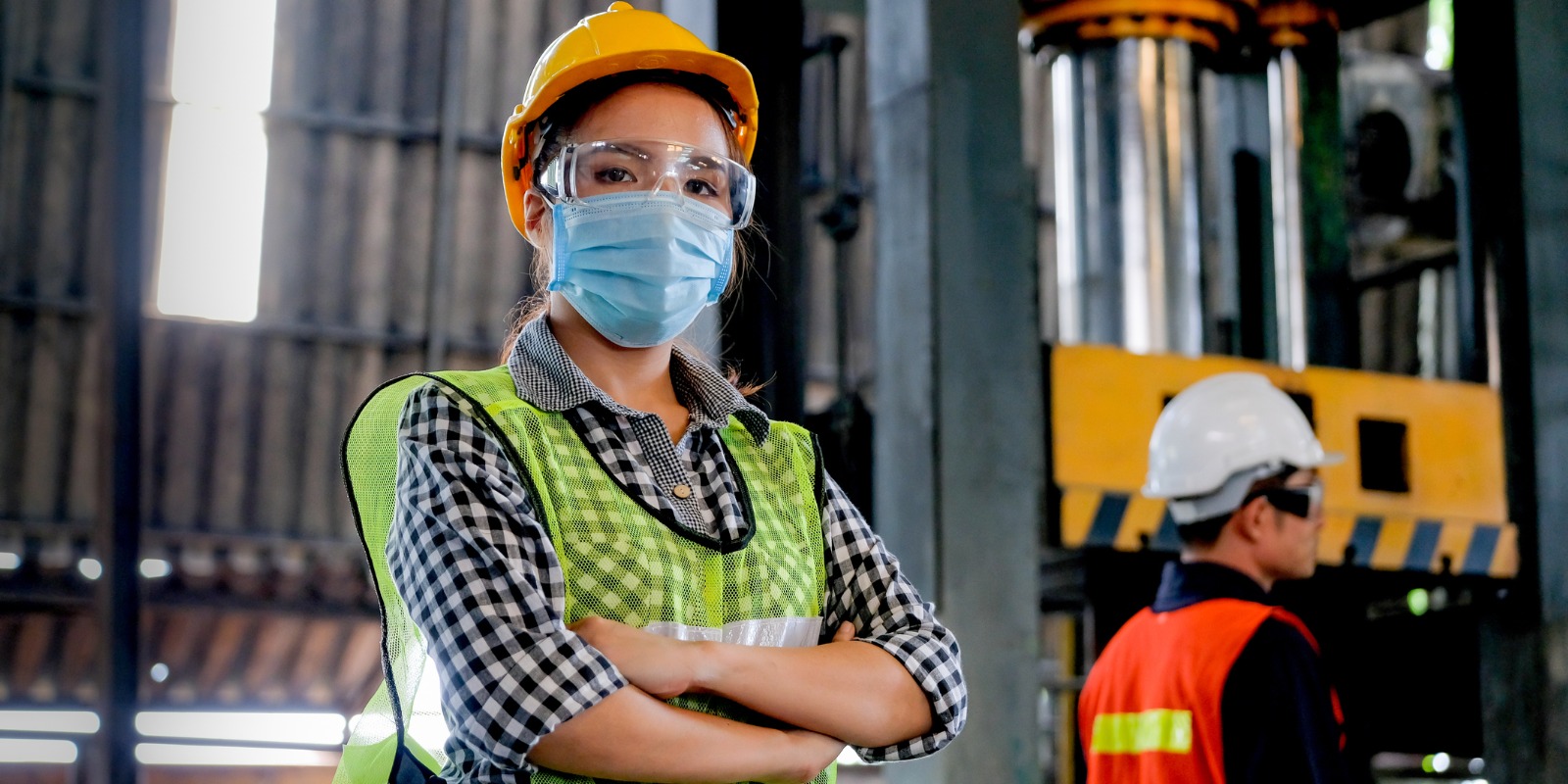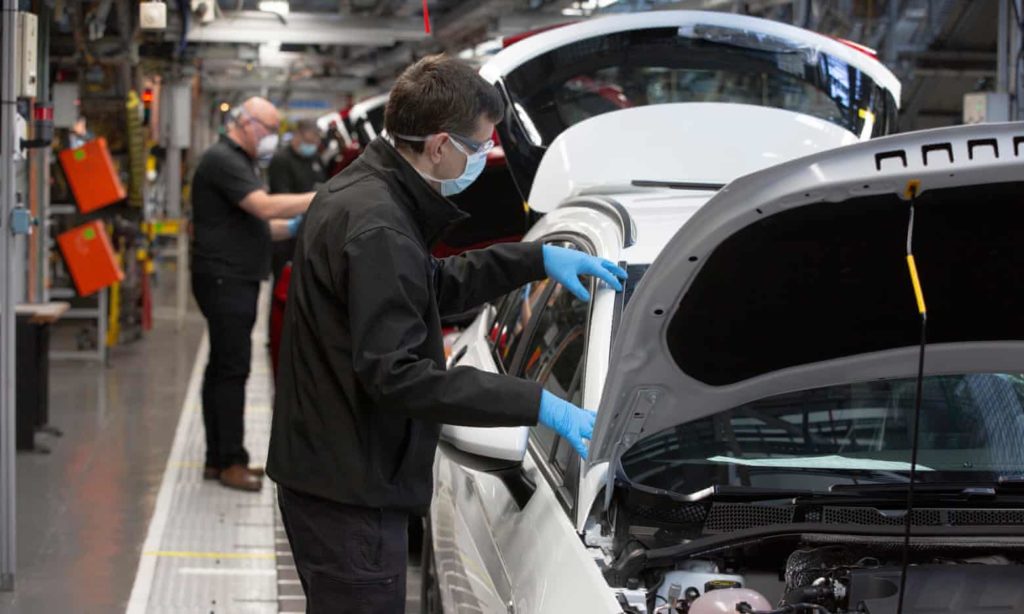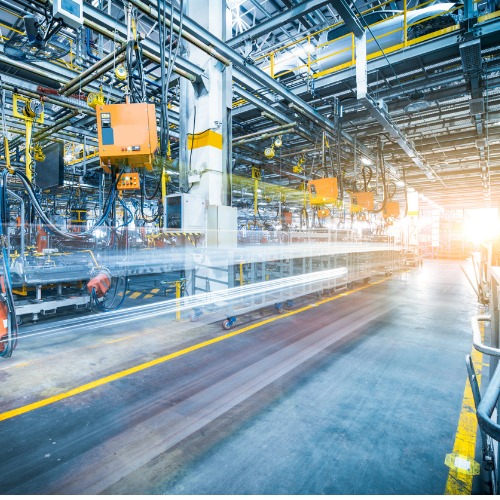UK Manufacturing guidelines, sharing best practise with the community
During this unprecedented Covid-19 pandemic there have been wide ranging impacts to the different sectors of manufacturing; from diversifying products to serve new markets, to closing down production, to managing surges in demand. With new government guidelines on maintaining social distance to factor in as well, the team at Simsol are sharing practical considerations to help the manufacturing community share ideas and operate responsibly during Covid-19.

This round up is based on insights from Simsol’s clients across industries, manufacturing news and official government guidance from the time of publishing (16/4/20). The intention is to update this guide as and when guidelines are updated to provide a helpful resource, whether you are:
Any further innovations or suggestions around social distancing can be incorporated into this resource to keep building awareness around tackling the new challenges for manufacturing operations. As you’ll see, simple actions make the difference, so please feel free to share any tips from your operations in the comments to help other practitioners in the manufacturing community.
At the time of publishing (16/4/20) UK government guidelines acknowledge that manufacturing ‘can be done in accordance with the social distancing guidelines wherever possible’ with workers ‘staying 2 meters apart as much as possible’. There hasn’t been an indication of how long this guidance will be in place for, but the consensus gathered from planners seemed to be that teams are working on the assumption of taking this approach for the rest of the year at least.
Unite, Britain and Irelands largest worker union, has called for more rigorous measures from the UK government in making the 2 meter distancing a rule, as the Welsh government have already implemented. This follows a walk out of 1,000 workers at Moy Park, a major poultry plant in Northern Ireland, reported by Unite about concerns for health and safety.
So as the manufacturing adapts, this round up shares operational considerations to help protect workers and meet social distancing guidelines.
The first approach is to reduce teams down to the minimum number of workers required for production. We are seeing many operations managing with skeleton teams during this period of uncertainty, although appreciate it is not always possible to reduce staff in industries facing high demands at this time, such as food and beverages. Another approach can be to review the use of any automation in the factory to see if this may be repurposed to deliver more value under the adjusted working conditions. If you’re looking for production data to validate the most efficient use of your automation, Simsol can provide specialist support using Process Simulate simulation software from Siemens Digital Industries.
Other practical actions to maintain safety in skeleton teams include:

Members of staff working between two-metre wide designated work stations on a car assembly line at the Vauxhall car factory during preparedness tests and redesign ahead of re-opening. Image shared from Coronavirus UK Live, The Guardian.
Manufacturers are under pressure to look at how workers move through the factory enables management to prioritise areas where key activities take place and implement measures to avoid gathering. Whilst this can be extra work for management at an already under pressure time, by communicating clearly with workers, making health and safety information clear throughout the site, organisations can build trust with teams. Simsol help manufacturers create and test an overview of all factory processes visually using Plant Simulation, testing planning and scheduling scenarios with OPCenter APS (formerly Preactor). Some of the actions we are seeing getting trialled during Covid-19 include:

Being able to quantify process changes, their compliance and efficiency can be timely and complex under normal circumstances. The implications of Covid-19 makes it even harder to measure and quantify these changes with fewer staff and many working remotely from the factory. The top questions we have been helping customers with during Covid-19 are:
A digital twin, an exact replica of your operation in the virtual world, gives you the power to assess these changes before they are implemented, set key performance indicators to monitor in the real world and to refine the solution away from the factory. As smart expert partners of Siemens digital industries, Simsol helps manufacturers create and run digital twins of their operations, enabling the testing of unlimited variations in an environment with no risk and creating dynamic data sources to answer questions like those above and more.
To support the manufacturing engineering community, the team at Simsol are keen to share practises to help with problem solving during social distancing times. Please do share any tips to keep the improvements coming and sharing learnings. As the Simsol team continue to be fully operational in supporting manufacturers adapting production and finding new ways to meet changing demands, we are always happy to chat about problem solving and share insights to improve processes. If you’d like to talk about your challenges during Covid-19, fill in your details below and a member of the team will get in touch.